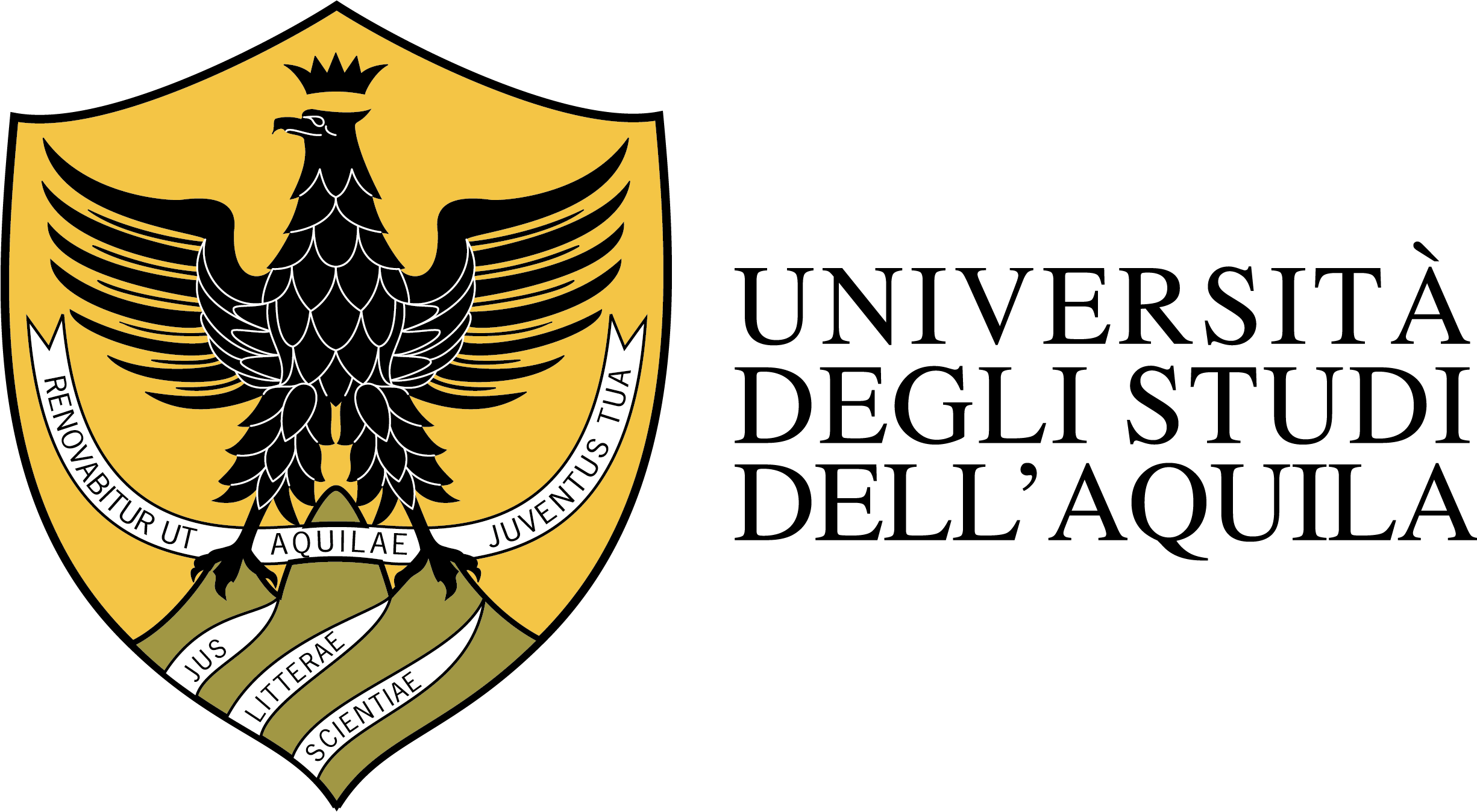Felice Colangelo
|
Nome: Felice
Cognome: Colangelo Qualifica: Professore associato Settore Scientifico Disciplinare: ICAR/09 (Tecnica Delle Costruzioni) Struttura di afferenza: Dipartimento di Ingegneria Civile, Edile - Architettura, Ambientale Email: felice.colangelo Telefono Ufficio: +39 0862434525 Fax Ufficio: +39 0862434548 |
| Insegnamento | Orario di ricevimento |
|---|
Curriculum scientifico
(Aggiornato il 11-09-2025) versione stampabile (pdf)
versione stampabile (pdf)
RUOLI UNIVERSITARI
• Ricercatore del gruppo 132, settore Costruzioni Asismiche, nel 1992.
• Professore associato del settore ICAR/09, Tecnica delle Costruzioni, nel 2004.
INTERESSI SCIENTIFICI
Riguardano le costruzioni antisismiche, con approfondimento dei temi seguenti.
• Indagine numerica e sperimentale sulle prestazioni sismiche di intelaiature di calcestruzzo armato tamponate con murature non strutturali.
• Modellazione numerica del comportamento dinamico nonlineare e quantificazione del danno strutturale e non strutturale.
• Valutazione dell'affidabilità delle strutture intelaiate in presenza di aleatorietà e di vaghezza, mediante tecniche di simulazione numerica e di linearizzazione equivalente stocastica.
• Convalida delle prescrizioni delle norme sul progetto antisismico con la gerarchia delle resistenze.
REFERO DI ARTICOLI PER RIVISTE
– “Earthquake Engineering and Structural Dynamics”
– “Soil Dynamics and Earthquake Engineering”
– “Engineering Structures”
– “Structural Engineering and Mechanics”
– “Advances in Structural Engineering”
– “The Structural Design of Tall and Special Buildings”
– “Progettazione Sismica”
PUBBLICAZIONI PRINCIPALI
[1] F. Colangelo, “Differential model of biaxial hysteresis with coupled principal strengths and cyclic deterioration for reinforced-concrete elements”, Engineering Structures 302 117363, 2024.
[2] F. Colangelo, “Bouc–Wen-like hysteresis model with asymmetry and versatile pinching for deteriorating reinforced concrete elements”, Structure and Infrastructure Engineering 20(5) 666–81, 2024.
[3] F. Colangelo, “Effect of earthquake statistically correlated vertical component on inelastic demand to regular reinforced-concrete frames”, Engineering Structures 211 110492, 2020.
[4] F. Colangelo, “Effect of axial force-bending moment interaction on stochastic nonzero mean seismic response of reinforced concrete frames”, Engineering Structures 174 139–53, 2018.
[5] F. Colangelo, “Interaction of axial force and bending moment by using Bouc-Wen hysteresis and stochastic linearization”, Structural Safety 67 39–53, 2017.
[6] F. Colangelo, “On the code-compliant verification of seismic damage to non-structural masonry infills”, Bulletin of Earthquake Engineering 13(7) 2051–72, 2015.
[7] F. Colangelo, “Drift-sensitive non-structural damage to masonry-infilled reinforced concrete frames designed to Eurocode 8”, Bulletin of Earthquake Engineering 11(6) 2151–76, 2013.
[8] F. Colangelo, “Probabilistic characterisation of an analytical fuzzy-random model for seismic fragility computation”, Structural Safety 40 68–77, 2013.
[9] F. Colangelo, “A simple model to include fuzziness in the seismic fragility curve and relevant effect compared with randomness”, Earthquake Engineering and Structural Dynamics 41(5) 969–86, 2012.
[10] F. Colangelo, “Pseudo-dynamic seismic response of reinforced concrete frames infilled with non-structural brick masonry”, Earthquake Engineering and Structural Dynamics 34(10) 1219–41, 2005.
[11] F. Colangelo, “Experimental evaluation of member-by-member models and damage indices for infilled frames”, Journal of Earthquake Engineering 7(1) 25–50, 2003.


